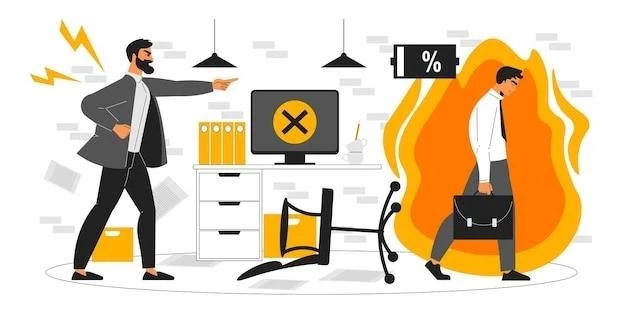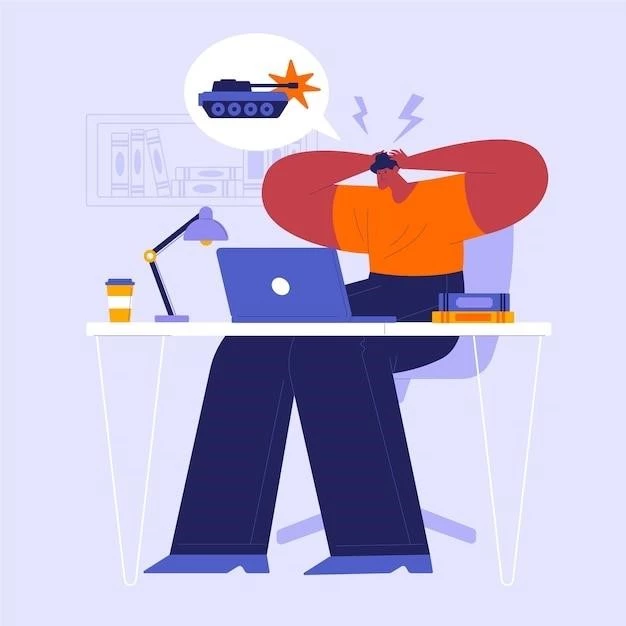The Most Common Causes of Workplace Deaths: A Personal Reflection on Safety and Risk
Workplace safety is something we often hear about, but it can feel like a distant concept until tragedy strikes close to home. I recently had a wake-up call when a friend from another company suffered a fatal accident on the job. It made me re-evaluate my own work environment and the risks we often overlook.
While every industry has unique hazards, some dangers are unfortunately universal. Here’s what I’ve learned about the most common causes of workplace deaths and how we can all contribute to a safer environment:

1. Falls: A Constant Threat
Falls from height are a leading cause of workplace fatalities, especially in construction. My friend, Mark, was an experienced electrician working on a new building project. He always seemed so careful, but one misplaced step on scaffolding cost him his life. It’s a stark reminder that even seasoned professionals are vulnerable.
Since then, I’ve become acutely aware of fall hazards, even in my office environment. I make sure to:
- Keep walkways clear of clutter.
- Report any spills or tripping hazards immediately.
- Use ladders safely and only when necessary.

2. Struck-by Incidents: A Moment’s Inattention Can Be Deadly
Being struck by vehicles, falling objects, or moving machinery is another major cause of workplace deaths. In my previous job at a manufacturing plant, I witnessed firsthand the devastating consequences of such incidents. A worker was seriously injured when a heavy piece of equipment fell from a shelf due to improper storage.
This experience taught me the importance of:
- Always wearing appropriate personal protective equipment (PPE), such as hard hats and safety shoes.
- Being aware of my surroundings and potential hazards, especially in areas with moving vehicles or machinery.
- Following proper procedures for storing and handling materials.
3. Electrocutions: The Silent Killer
Working with electricity is an everyday part of many jobs, but it can be deadly if not treated with extreme caution. Mark’s accident was a painful reminder of this. A faulty electrical connection is suspected to have played a role in his fall, highlighting the need for rigorous safety protocols.
I’ve made a conscious effort to be more mindful of electrical safety:
- Ensuring all electrical equipment is properly grounded and in good working order.
- Never overloading circuits.
- Reporting any potential electrical hazards to the appropriate personnel.
4. Caught-In/Between Hazards: Avoiding the Crush
Being crushed or pinned between heavy objects or machinery is a horrifying but all-too-common cause of workplace fatalities. While my work doesn’t involve heavy machinery, the principle of being aware of your surroundings still applies. I’ve become more aware of potential crushing hazards, even in seemingly mundane situations like closing doors or moving heavy objects.
Creating a Culture of Safety: It Starts with Each of Us
Mark’s death was a tragedy that shook our community. It reinforced the fact that workplace safety is not just about following rules; it’s about creating a culture where everyone feels empowered to speak up about hazards and prioritize safety above all else.
Here are some key takeaways from my experience:
- Be Proactive: Don’t wait for accidents to happen. Identify potential hazards and report them immediately.
- Speak Up: If you see something unsafe, don’t be afraid to speak up, even if you’re the newest person on the team.
- Continuous Learning: Stay informed about safety procedures and best practices. Attend training sessions and refresh your knowledge regularly.
- Lead by Example: Demonstrate your commitment to safety through your actions. Encourage others to do the same.
Every worker deserves to return home safely at the end of the day. By working together and prioritizing safety, we can prevent tragedies and create a work environment where everyone feels valued and protected.










